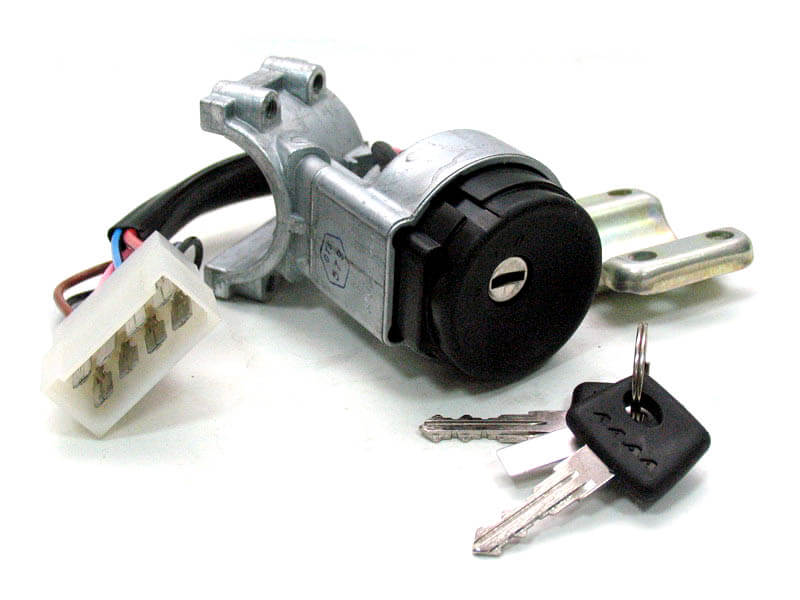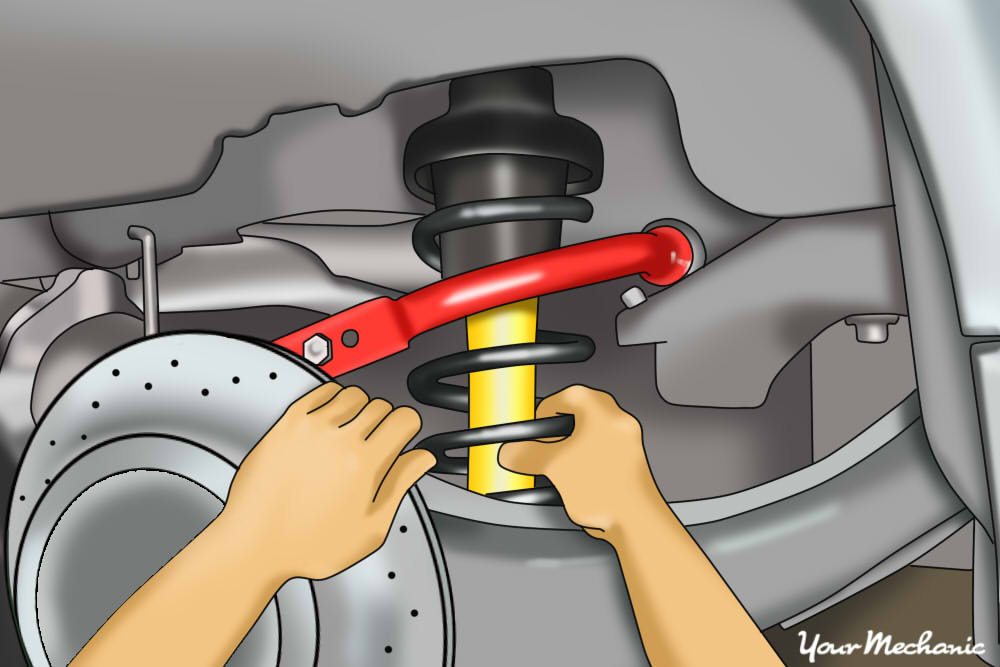
Symptoms of a Faulty or Faulty Ignition Switch
Content
If your car won't start, starts but stalls quickly, or its electrical components have stopped working, you may need to replace your ignition switch.
The ignition switch is one of the most important electronic components commonly found in many on-road cars and trucks. It is usually located on the steering column, just behind the ignition lock cylinder. The two work together to turn the car on and off. The ignition switch has several positions that turn on various systems when the key is turned. Most ignition switches activate electrical accessories in the first position, turn on the fuel and ignition systems in the second position, and start the engine in the third.
The ignition switch is used every time the car is started and started. Over time, it wears out, and it starts to have problems. Typically, a faulty ignition switch will cause any of the following 5 symptoms, which can alert the driver to a potential problem.
1. Car stalls while driving
One of the first symptoms of an ignition switch problem is that the car suddenly stalls while the engine is running. If the ignition switch fails while the engine is running, power to the ignition and fuel systems may be cut off, causing the engine to stop. Depending on the specific problem, the car may or may not restart after a while.
2. Engine does not start
An engine that refuses to start can be another sign of a bad ignition switch. The ignition switch supplies power to the starter, engine controls, and ignition controls. These systems may not receive the power they need to start if the ignition switch is not working properly. One of them may be the failure of the engine to start.
3. The car starts and suddenly stalls
Another sign of a car ignition switch problem is that the car starts and then suddenly stalls. If the ignition switch fails in the "on" position, that is, in the position intended to turn on the fuel system and the ignition system, it can cause the vehicle to start and then immediately stall. The ignition switch momentarily energizes the fuel pump and ignition system when it is in the crank position, which may allow the vehicle to be started. However, if it fails in the "on" position, it will cut off power to the fuel system and the ignition system as soon as the key is removed from the start position to the "on" position.
4. Problems with inclusion of accessories
Another sign of a bad ignition switch is a power problem with the car's accessories. When the key is inserted and turned to the "acc" position, the ignition key must turn on car accessories such as interior lighting, dashboard lighting, and center console. When the key is inserted and turned, and the accessories do not turn on, this may be a sign of a problem with the ignition switch or lock cylinder. Similar symptoms can also be caused by fuse and wiring problems, so it is highly recommended to properly diagnose the vehicle.
5. Problems with turning or removing the key
If the ignition key gets stuck when the vehicle is turned on or the key is removed, this may be a sign of worn ignition lock. The key does not connect properly inside the switch. Also, a switch failure can cause the engine to continue running even after you have removed the key.
Ignition switches are one of the most commonly used switches in a vehicle and, like all electrical switches, can wear out and require maintenance over time. If you suspect your vehicle may have a problem with the ignition switch, have a professional technician check the vehicle to determine if it should be replaced.
